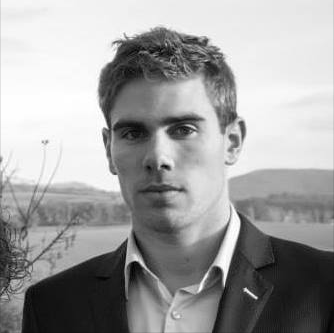EngD student, 2016 intake
University: Imperial College London
Sponsoring company: PII Pipeline Solutions, a GE Oil & Gas and Al Shaheen joint venture
Background: Undergraduate Masters in Electronic and Signal Processing at ENSEEIHT (Toulouse), graduating in October 2016.
Simple feature sizing models of in-line inspection tools are based on comparing observed tool responses with data obtained from inspecting machined notches of various sizes in controlled pull through tests. These vertical notches are known to be a poor approximation to stress corrosion cracks found in high pH, high temperature lines. In order to assess and predict the capabilities of the in-line inspection tool in such lines, the interaction of various guided waves with cracks of different geometries must be modelled and examined.
Challenges: While modelling of crack geometries has previously been performed, their interaction with ultrasound has been mainly limited to bulk waves. The more complex propagation and particle displacement profiles of guided waves in interaction with non-standard crack geometries is challenging in terms of model complexity. These models need to be calibrated with experimental data.
Objectives: The objective of this study is to provide a model of the responses of various defects to different guided wave nodes in order to allow for optimum mode selection. Further development of this model will enable improved classification of defects by using characteristic responses for certain defect types, such as high pH stress corrosion cracking, or angled cracks.


